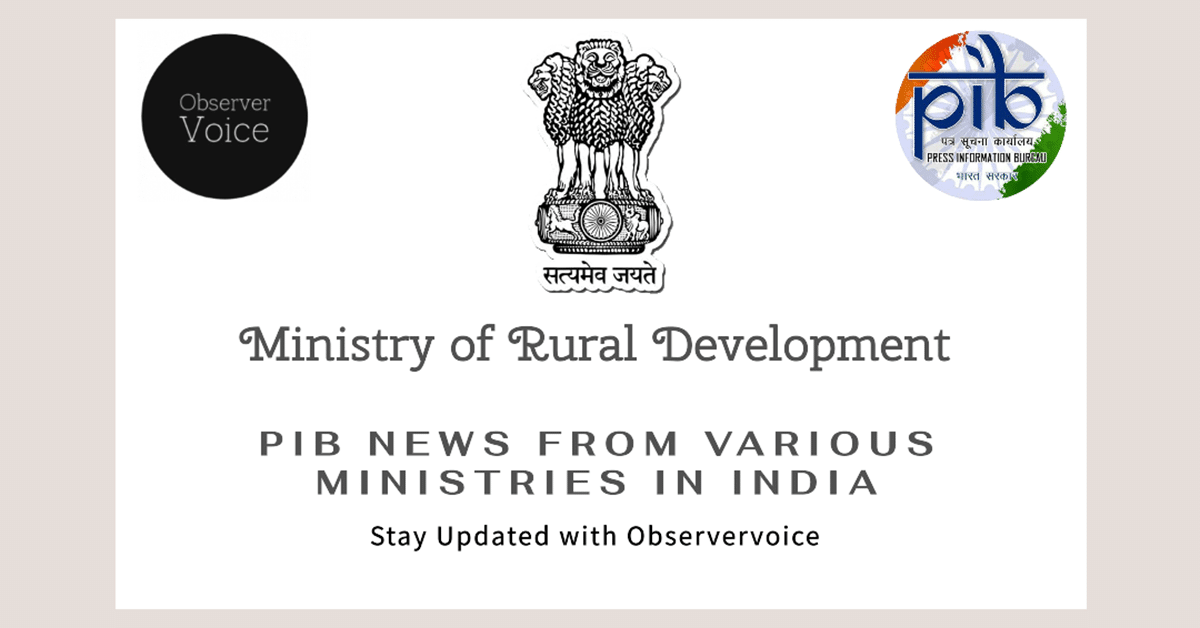Empowering Rural India Through Digital Connectivity

In today’s digital age, mobile and internet connectivity are crucial for fostering self-independence and empowering women. These goals align with the Indian government’s vision to bridge gaps and transform lives, particularly in rural areas. The story of Mrs. Reena Kirar from Madhya Pradesh exemplifies this transformation. As the leader of the Girja Devi Jan Kalyan Samiti, a self-help group (SHG) of women, she has witnessed firsthand how digital platforms can revolutionize local businesses. By utilizing the Government e-Marketplace (GeM) portal, Mrs. Kirar and her group have expanded their market reach beyond their local community. This shift has not only increased their income but also boosted their confidence to compete in larger markets. The government’s efforts to enhance mobile network and internet coverage in rural areas have made such digital empowerment possible.
The Role of Digital Connectivity in Rural Development
Digital connectivity serves as a catalyst for socio-economic development. It provides access to essential services such as education, healthcare, and economic opportunities. The Indian government has launched several initiatives aimed at extending mobile and internet connectivity to the most remote areas of the country. As of September 2024, over 6,22,804 out of 6,44,131 villages in India have mobile coverage, with more than 6,14,564 villages enjoying 4G connectivity. This expansion is vital for rural communities, as it enables them to access information and services that were previously out of reach.
Moreover, the Pradhan Mantri Janjati Adivasi Nyaya Maha Abhiyan (PM JANMAN) Mission has identified and connected many Particularly Vulnerable Tribal Group (PVTG) habitations that lacked mobile coverage. As of October 2024, 1,018 mobile towers have been sanctioned under various Digital Bharat Nidhi-funded projects, with an estimated expenditure of Rs 1,014 Crore. These initiatives are not just about infrastructure; they are about creating opportunities for individuals and communities to thrive in a digital world.
Key Government Initiatives for Digital Inclusion
The Indian government’s commitment to bridging the digital divide is evident through several key programs. One of the most significant is the Digital Bharat Nidhi (DBN), formerly known as the Universal Service Obligation Fund. This initiative has been instrumental in funding projects that extend mobile and broadband connectivity to underserved areas. As of December 27, 2024, 8,730 mobile towers have been installed, covering over 1.99 lakh villages through the Bharat Broadband Network Limited.
Another ambitious project is BharatNet, which aims to provide affordable high-speed internet access to every Gram Panchayat in the country. This initiative seeks to empower rural India and foster inclusive growth. As of December 27, 2024, over 2.14 lakh Gram Panchayats have been connected through BharatNet, significantly improving access to digital resources.
Additionally, the PM-WANI (Wi-Fi Access Network Interface) initiative aims to create a network of public Wi-Fi hotspots across India. This program is designed to make reliable and affordable internet access available to citizens, promoting digital participation and economic opportunities. As of December 27, 2024, 247,076 Wi-Fi hotspots have been established, further enhancing connectivity in rural areas.
Ensuring User Protection and Digital Safety
As the digital landscape expands, the Indian government has also taken steps to protect telecom users. The “Know Your Mobile Connections” facility on the Sanchar Saathi portal allows citizens to track and report unauthorized connections. The Telecom Commercial Communications Customer Preference Regulations (TCCCPR), 2018, enable users to register for the “Do Not Disturb” (DND) service, blocking unsolicited calls and messages.
The Department of Telecommunications (DoT) has allocated specific number series for telemarketers and banks, while the Telecom Regulatory Authority of India (TRAI) employs Artificial Intelligence to detect unregistered telemarketers. TRAI also imposes penalties on telecom service providers that fail to control unwanted communications. These measures ensure that as connectivity increases, users remain protected from potential misuse.
Observer Voice is the one stop site for National, International news, Sports, Editor’s Choice, Art/culture contents, Quotes and much more. We also cover historical contents. Historical contents includes World History, Indian History, and what happened today. The website also covers Entertainment across the India and World.
Follow Us on Twitter, Instagram, Facebook, & LinkedIn

